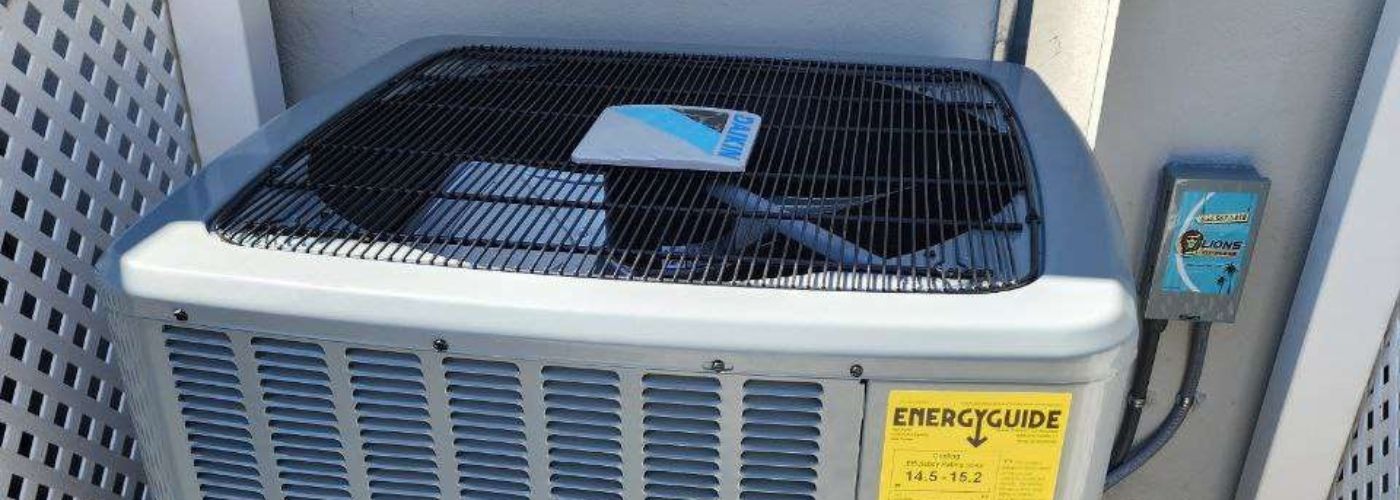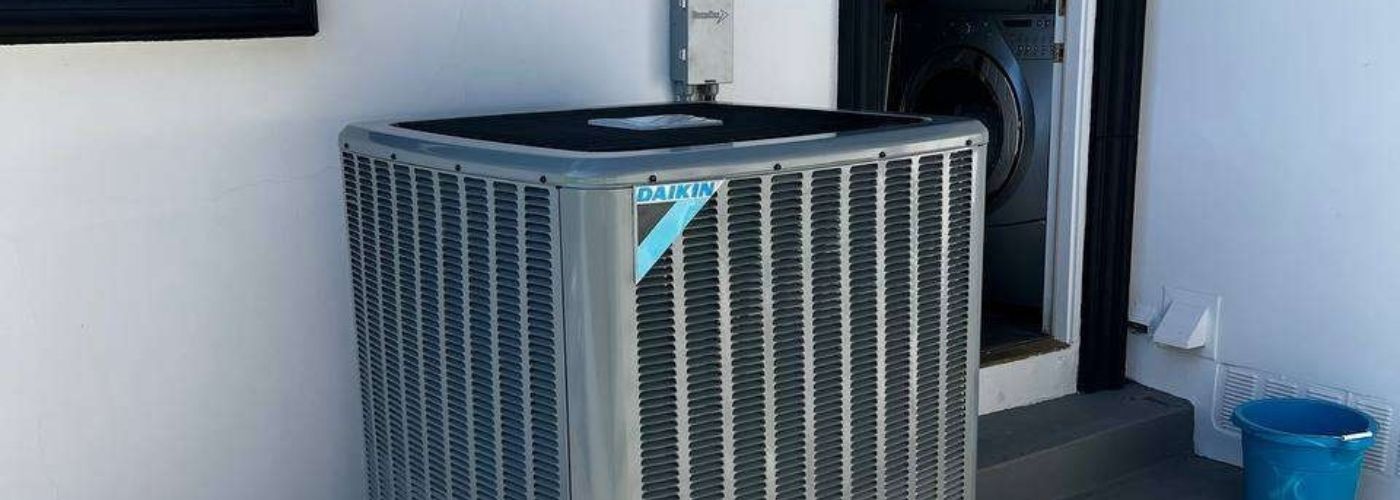Are you tired of skyrocketing energy bills and inconsistent indoor temperatures? The condenser is a vital component of your home’s HVAC system, and selecting the right one can significantly impact your comfort and utility costs. This article will guide you on how to choose a condenser for your home.
How To Pick A Condenser For Your Home
When learning how to choose a condenser for your home, one of the most crucial factors to consider is your home square footage. A unit that’s too small won’t cool effectively, leaving you uncomfortable during the hottest months.
Conversely, a system that’s too large can lead to inefficient cooling cycles and higher energy bills. To find the right size, you can use a simple formula: for every 450 – 500 square feet, you generally need about 1 ton of cooling capacity.
Additionally, consider features like variable-speed compressors that adjust cooling output based on your home’s needs. This not only enhances comfort but also reduces wear and tear on the system, leading to a longer lifespan.
By taking these elements into account, you can ensure your home stays cool while being kind to your wallet.
Energy Efficiency Ratings Explained: SEER and EER
When choosing a condenser for your home, understanding energy efficiency ratings is crucial. The two main metrics to consider are SEER (Seasonal Energy Efficiency Ratio) and EER (Energy Efficiency Ratio).

SEER measures cooling efficiency over an entire cooling season, while EER indicates performance at peak temperatures. A higher SEER rating means better energy savings, which translates to lower utility bills. Aim for a unit with a SEER rating of at least 16 for optimal efficiency.
For smaller homes or condos, aim for a SEER rating of at least 14, as this can provide a good balance between cost and energy savings.
Another important factor to consider is the type of refrigerant used in the condenser. Modern units typically use R-410A, which is more environmentally friendly and efficient compared to older refrigerants like R-22. If you’re replacing an old system, ensure that your new unit is compatible with current refrigerant standards.
Comparing Different Types of Condensers
When considering how to choose a condenser for your home, it’s essential to understand the various types available. Air-cooled condensers are popular for their ease of installation and lower upfront costs.
They draw air from the environment to cool refrigerant, making them ideal for residential settings. However, they can be less efficient in extremely hot weather, leading to higher energy bills.
On the other hand, water-cooled condensers offer superior efficiency, especially in warmer climates. They use water instead of air to dissipate heat, which can significantly reduce energy consumption.
While they may require more complex installation and maintenance, their long-term savings often make them worth the investment.
Additionally, evaporative condensers combine the benefits of both air and water cooling, offering flexibility for homeowners looking for an efficient solution. By weighing these options carefully, you can find the right condenser that meets your home’s specific needs.
Common Mistakes to Avoid When Selecting a Home Condenser
One common mistake many homeowners make is underestimating the importance of size when selecting a home condenser. An undersized unit may struggle to cool your space, leading to higher energy bills and unnecessary wear and tear.

Conversely, an oversized condenser can cool too quickly, failing to dehumidify effectively and leaving your home feeling clammy. It’s crucial to consult with a professional who can perform a load calculation, ensuring you choose a unit that fits your specific needs.
Additionally, consider the noise level of the condenser. A quiet unit can enhance your comfort and enjoyment at home, especially if it’s located near living spaces.
By prioritizing these factors, you’ll set yourself up for a cooler, more efficient home environment.
Comparing Brands For A Quality Condenser
When it comes to selecting a quality condenser, Daikin often stands out for its innovative technology and reliability. Their units are designed with energy efficiency in mind, making them a popular choice for environmentally conscious consumers.
Daikin’s advanced inverter technology allows for precise temperature control, which not only enhances comfort but also reduces energy bills over time.
Models from Daikin like the DH6VS and DH7VS are renowned for their performance and durability.
These models feature a sleek design and are equipped with smart controls that allow users to manage their heating and cooling preferences remotely via mobile applications.
Additionally, Daikin units often come with a range of features such as variable speed compressors, which adapt to changing conditions and ensure optimal efficiency.
This adaptability not only improves comfort levels but also contributes to the longevity of the system, minimizing wear and tear.
Ensuring Longevity for Your New Condenser
To ensure the longevity of your new condenser, regular maintenance is key. One often overlooked aspect is the importance of keeping the surrounding area clean and free from debris.
Leaves, dirt, and even small branches can obstruct airflow, leading to overheating and inefficiency. A simple routine of clearing out any clutter can significantly extend the life of your unit.
Another crucial factor is monitoring the refrigerant levels. Low refrigerant not only hampers performance but can also lead to serious damage over time. Consider scheduling annual professional check-ups to ensure everything is functioning as it should.
Additionally, investing in a programmable thermostat can help maintain optimal temperatures, reducing unnecessary strain on your condenser. By taking these proactive steps, you not only enhance the lifespan of your unit but also improve its efficiency, saving you money on energy bills in the long run!
Frequently Asked Questions (FAQ)
The correct condenser size depends largely on your home’s square footage. As a general guideline, most homes require about 1 ton of cooling capacity for every 450–500 square feet. Choosing the right size ensures efficient cooling, lower energy bills, and less strain on your HVAC system.
When selecting a condenser, look for a unit with a high SEER (Seasonal Energy Efficiency Ratio) rating. A SEER rating of 16 or higher offers excellent efficiency and long-term energy savings. Also consider models using modern refrigerants like R-410A, which perform better and are more environmentally friendly than older options.
Longevity comes from proper maintenance and smart design features. Condensers with variable-speed compressors, strong filtration, and quality materials tend to last longer. Clearing debris around the unit, maintaining proper refrigerant levels, and scheduling yearly professional inspections also help extend the system’s lifespan.
